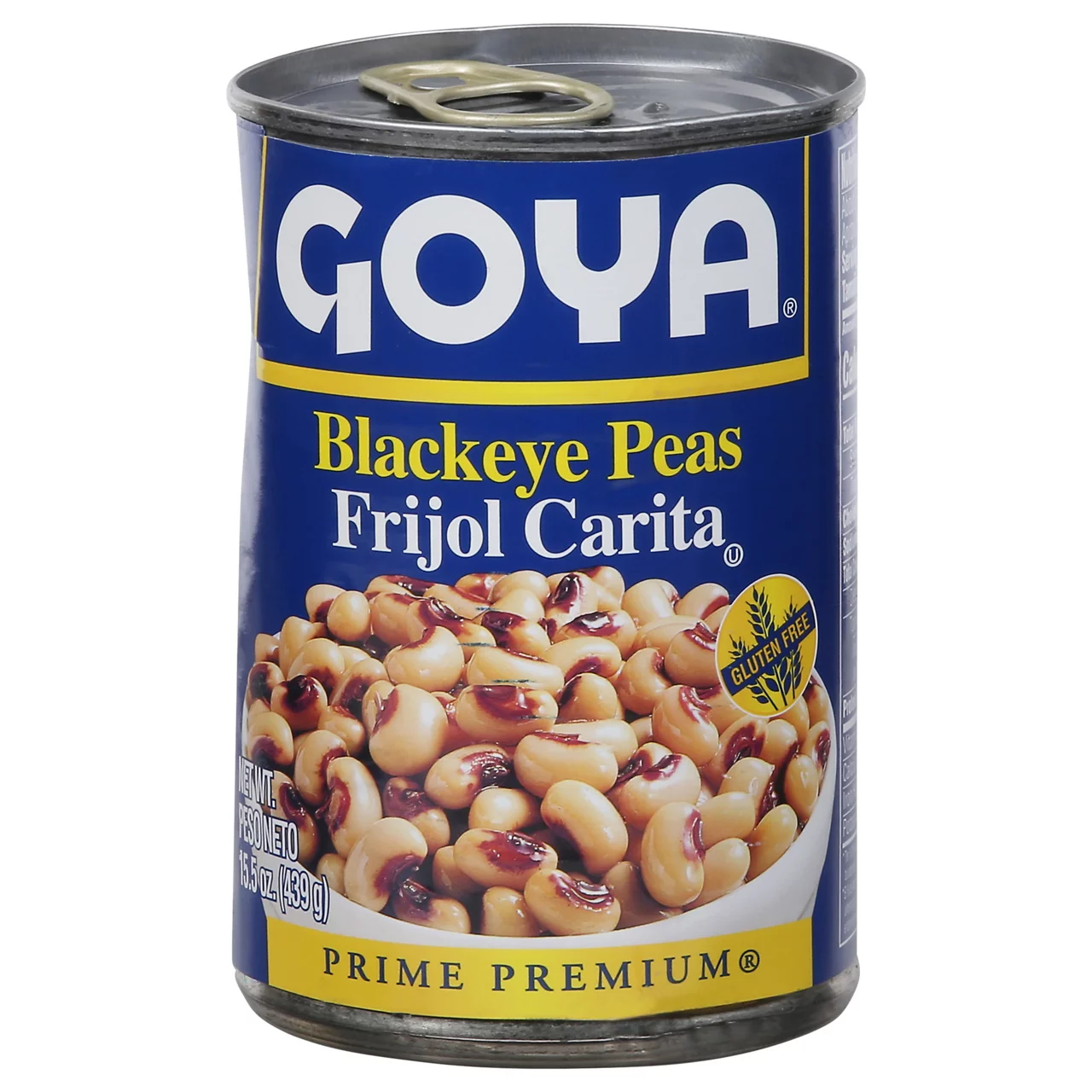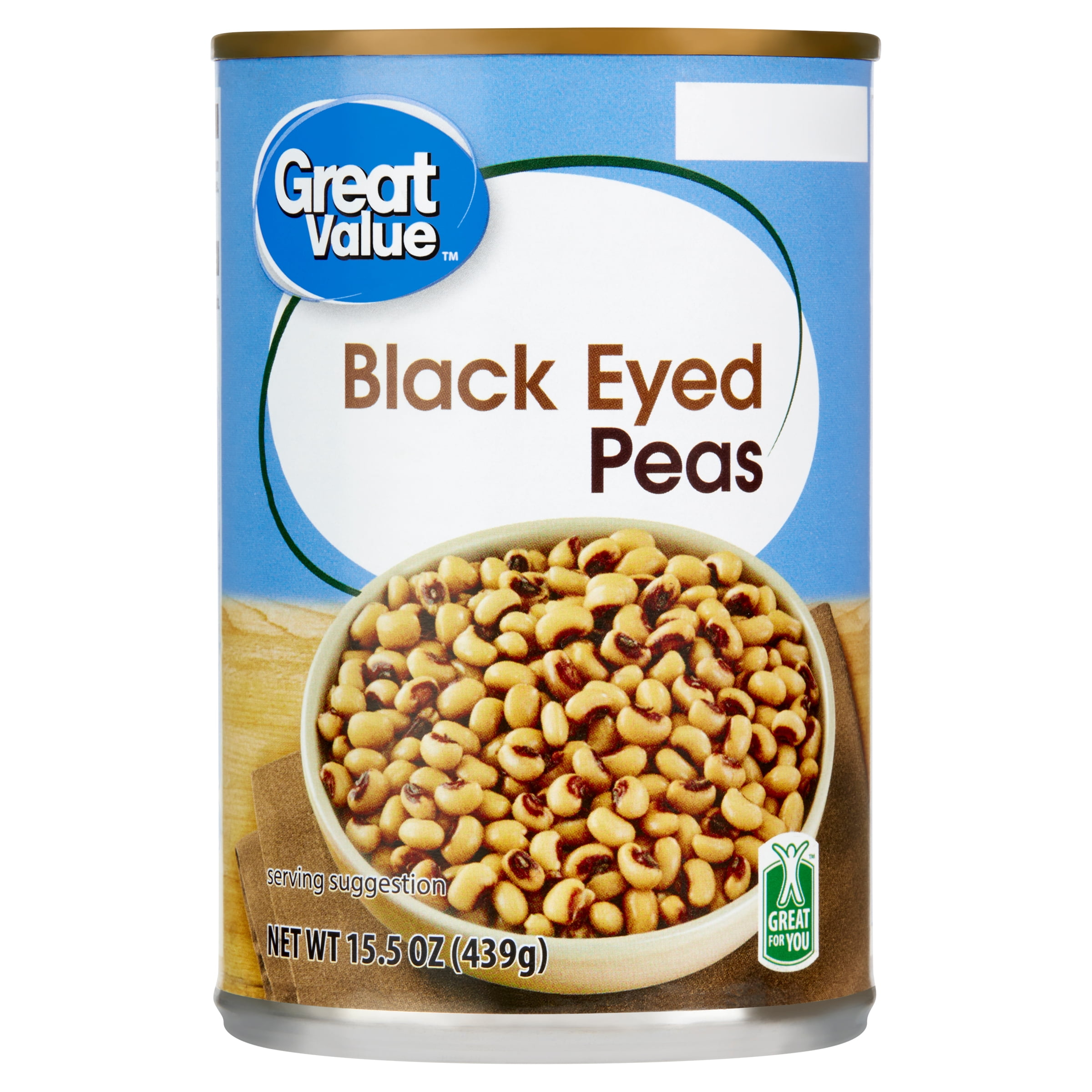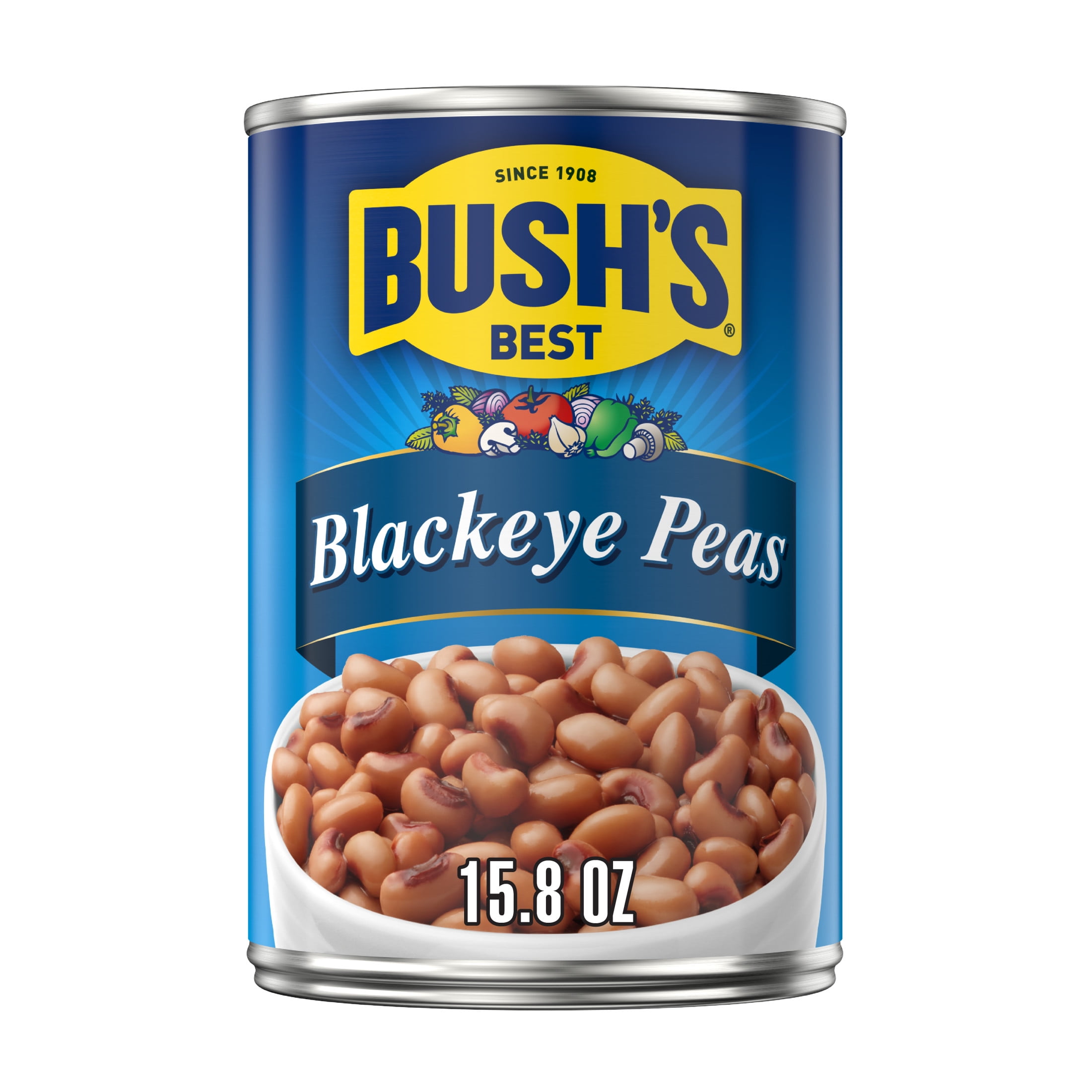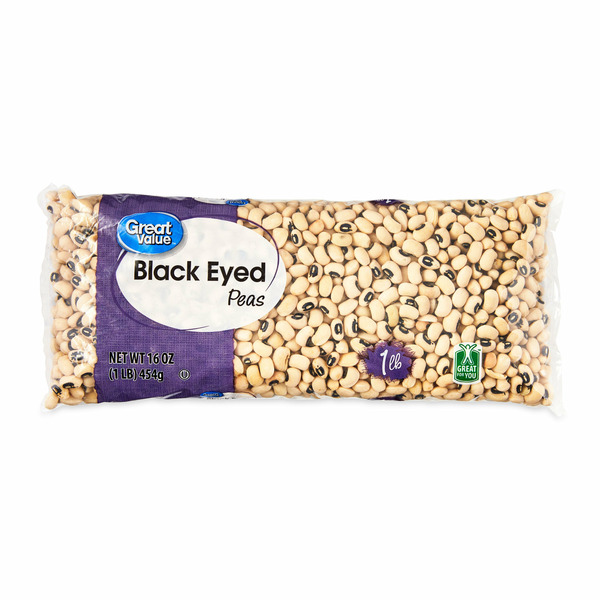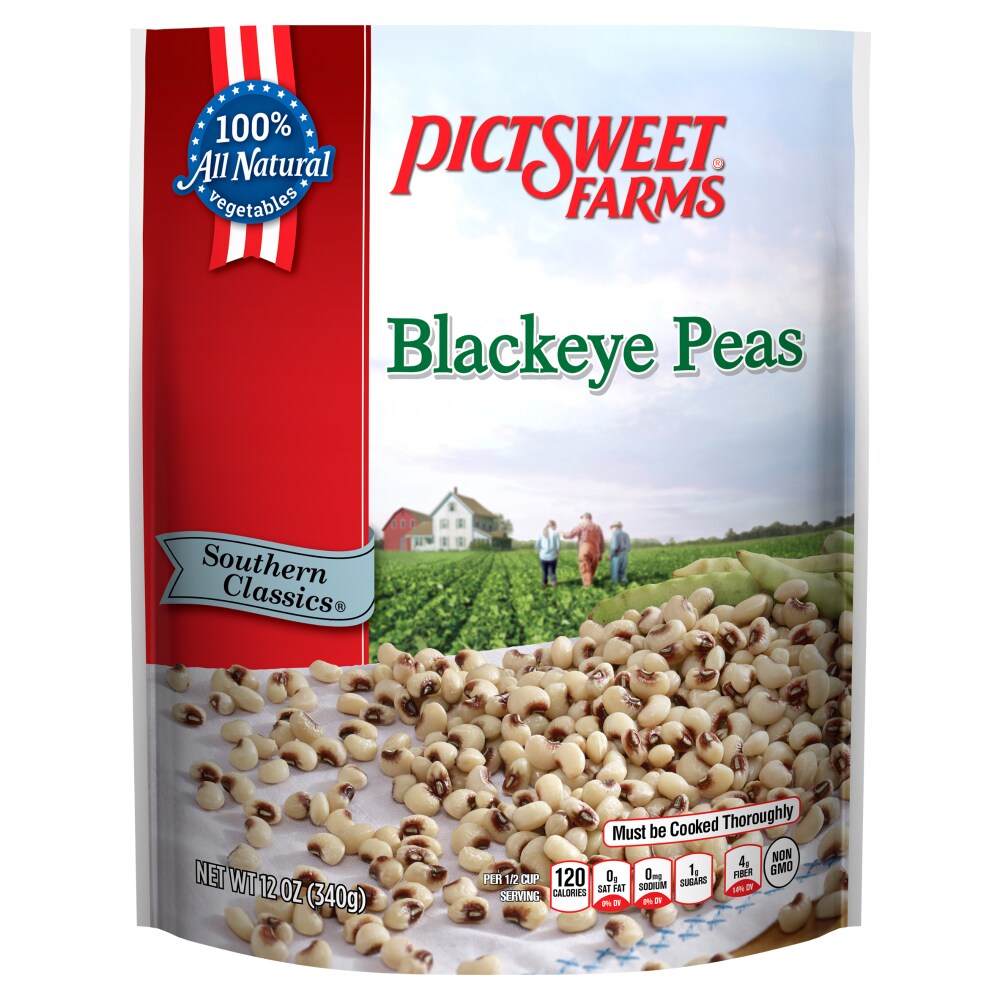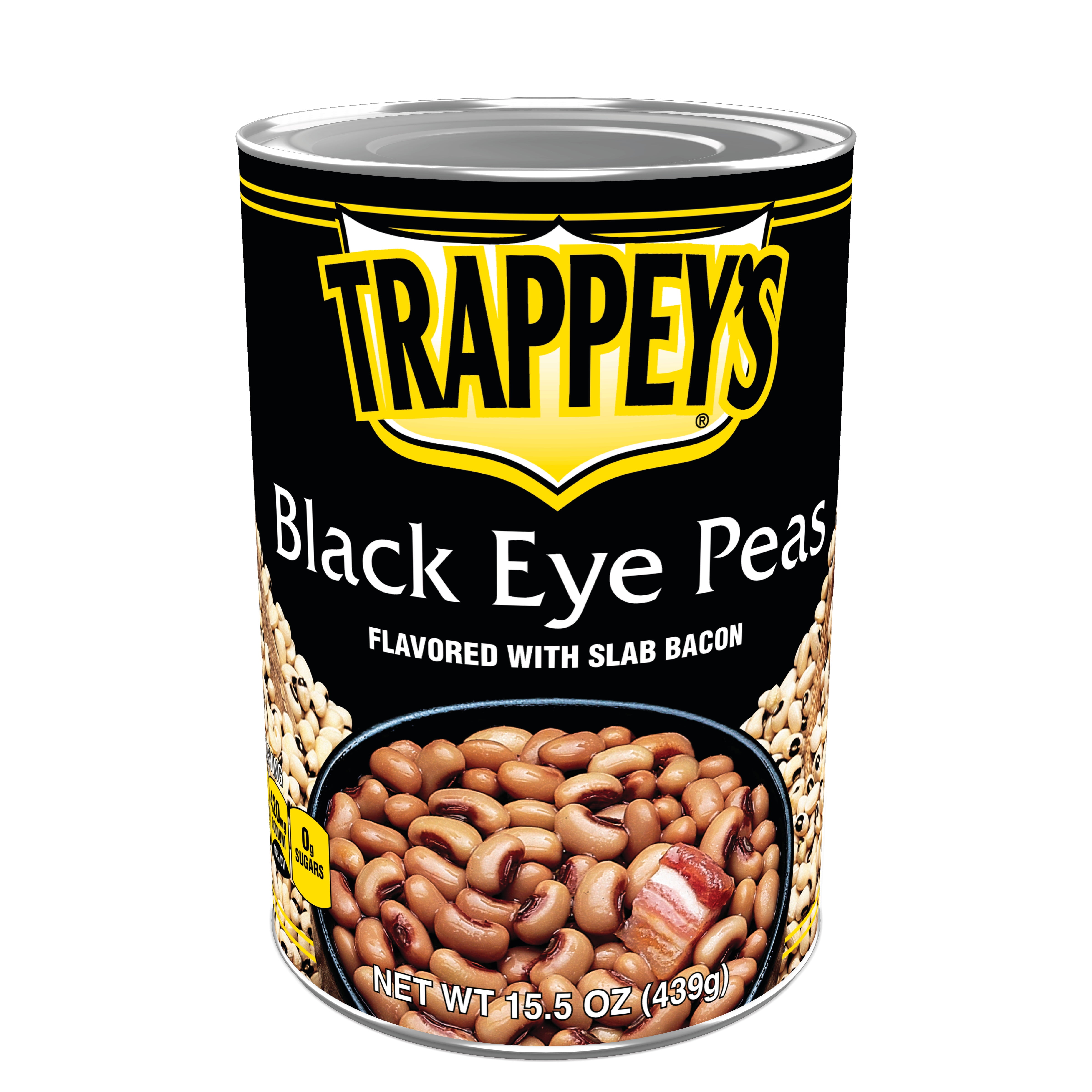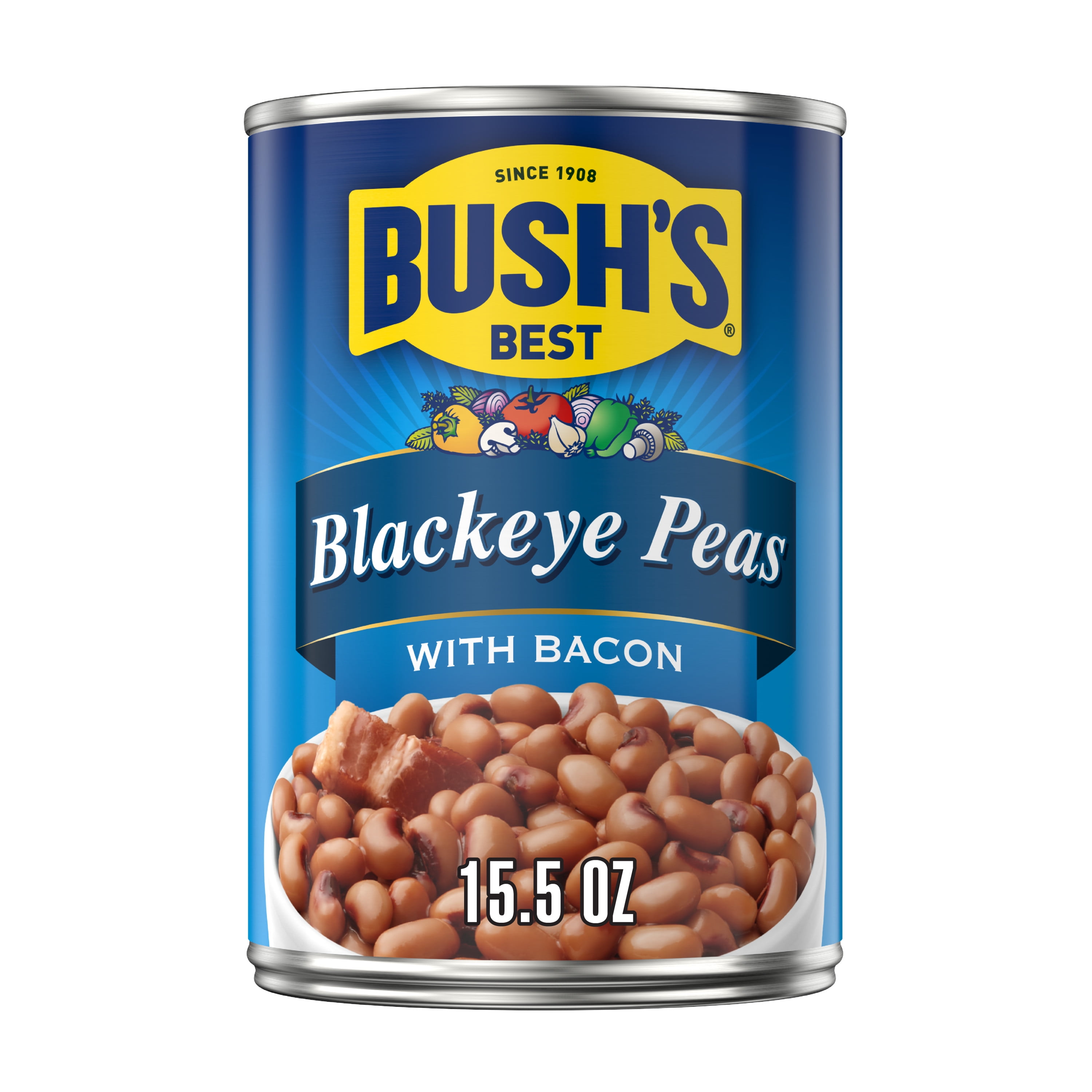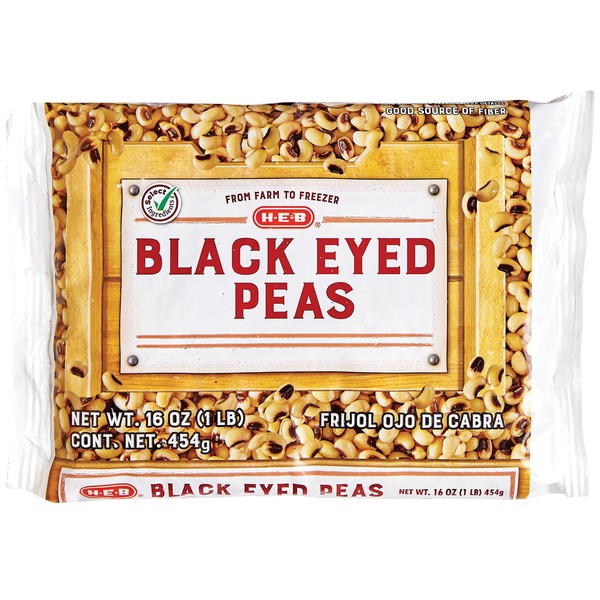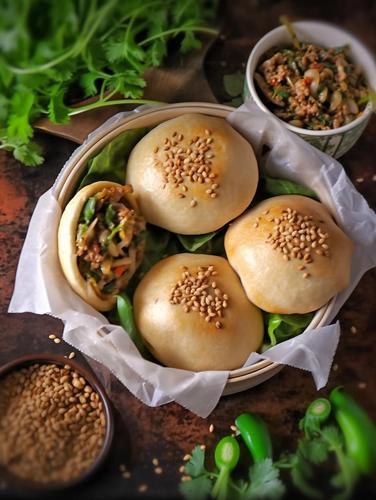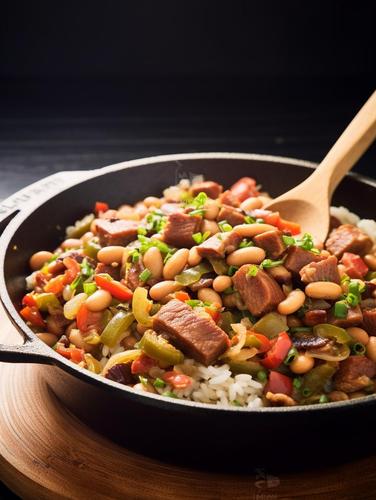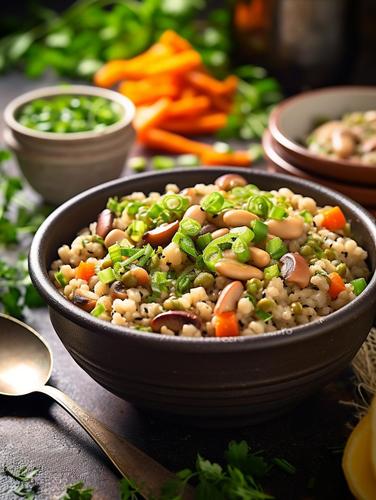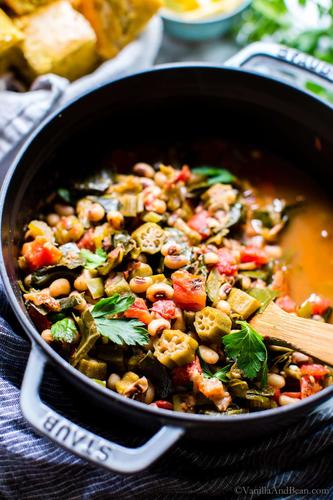MAIN DISHES
SOUPS
SALADS
Blackeye Peas
Black-eyed peas, also known as cowpeas or blackeye beans, are small legumes with a creamy texture and mild nutty flavor. They are native to Africa, where they have been consumed for thousands of years, and are now popular around the world, particularly in Southern American cuisine. These peas are creamy-white with a distinctive black spot or "eye" at their inner curve, hence the name.
Rich in nutrients, black-eyed peas are an excellent source of fiber, protein, and many essential vitamins and minerals. These versatile beans can be used in numerous dishes, from traditional Southern-style Hoppin' John to savory curries and salads. Their earthy flavor pairs well with spices, greens, and grains, making them a staple in many vegetarian and vegan diets.
71%
CARBS
3%
FAT
26%
PROTEIN
507 Blackeye Peas Products
Wegmans Black-Eyed Peas
Goya Blackeye Peas, Prime Premium
Great Value Black Eyed Peas
Goya Blackeye Peas
Bush's Best Blackeye Peas
Great Value Black Eyed Peas
Pictsweet Farms Southern Classics Blackeye Peas
TRAPPEY'S Black Eye Peas Flavored with Slab Bacon
Bush's Blackeye Peas with Bacon
H-E-B Black Eyed Peas
Used In 20 Recipes
3
Spicy Stuffed Buns with Black Eyed Peas and Greens
1
Ranchero Bean Fiesta Dip
2
Rustic Ranchero Chicken
1
Rustic Salsa Bean Salad
2
Southern Comfort Hoppin’ John with Rice
4
Easy Instant Pot Lucky Black-Eyed Peas and Rice
1
Carolina-Style Peas and Rice with Bacon
5
Cajun Stewed Black Eyed Peas and Greens
Blackeye Peas Are Frequently Used With
Blackeye Peas FAQ
Cooking with blackeye peas can sometimes be confusing for many, especially due to the common misconceptions and queries around soaking and cooking times. A common mistake is not rinsing them before cooking which could result in a hard, unappetizing dish. Optimal flavor and texture can be achieved by rinsing thoroughly and soaking overnight.
Use blackeye peas in a variety of dishes to leverage their unique flavor. They pair well with savory ingredients, spices and herbs such as garlic, onions, thyme, bay leaves, and cumin. By adding an acidic component, such as tomatoes or vinegar, the earthy flavor can be well-balanced.
Save the cooking liquid, seasoned well, it can be used as a flavorful broth in other dishes. One important tip when cooking blackeye peas is to add any salt or acidic ingredients after the peas have softened, as these elements can significantly increase the cooking time of the peas.
Should I rinse blackeye peas before cooking?
Do blackeye peas need to be soaked?
How to cook blackeye peas in a pressure cooker?
Can I use blackeye peas in curry?
How to achieve the best flavor when cooking blackeye peas?
Can I eat raw blackeye peas?
Do blackeye peas cause gas?
Are blackeye peas good for a vegan diet?
Why are my blackeye peas still hard after cooking?
Are blackeye peas and black beans the same?
Expiration & Storage Tips
When does blackeye peas expire?
Blackeye peas, in their dried state, can be stored indefinitely in a cool, dry place but for best quality, try to use them within 2 to 3 years of purchase. Once the package has been opened, store the remaining peas in a tightly sealed container. Cooked blackeyed peas last for about 3 to 5 days in the refrigerator. If you choose to freeze cooked blackeyed peas, they can last up to 6 months. Just make sure to allow them to cool before you freeze them. Canned black-eye peas can be used by the 'best by' date, typically about 2-5 years from purchase but once opened, the peas should be consumed within 4 days.
How do you tell if blackeye peas is bad?
You can tell if blackeye peas have gone bad, if in their dried state, they develop a moldy aroma or visible mold. Cooked blackeye peas can also develop a sour smell or become slimy, which indicates they should not be eaten. Canned peas that are bloated, leaking, have a moldy odor or odd color, should be discarded immediately.
Tips for storing blackeye peas to extend shelf life
• Store dried blackeye peas in an airtight container in a cool, dark place. You could also add a bay leaf to deter pests.
• Once you have cooked your blackeyed peas, make sure to refrigerate within two hours of cooking.
• If you choose to freeze your cooked peas, store them in airtight containers or heavy-duty freezer bags.
• Canned black-eyed peas should be transferred from the can to a glass or plastic storage container once opened and refrigerated.
EXPIRES WITHIN
19 - 29
MONTHS
Health Info
Macros
107g
CARBS
4g
FAT
39g
PROTEIN
Allowed on these diets
LOW FAT
HIGH CALCIUM
VEGETARIAN
MEDITERRANEAN
LOW CARB
VEGAN
LACTOSE FREE
GLUTEN FREE


